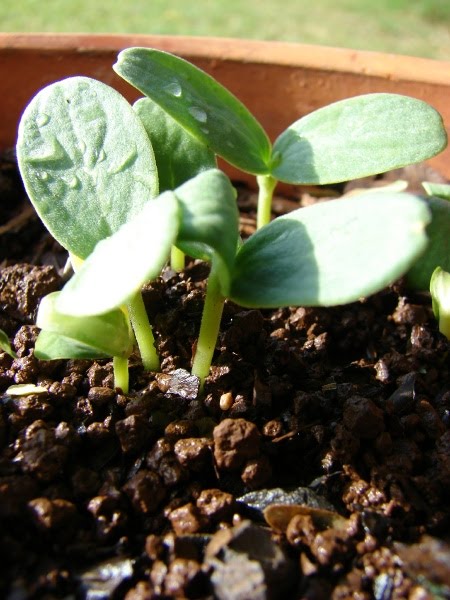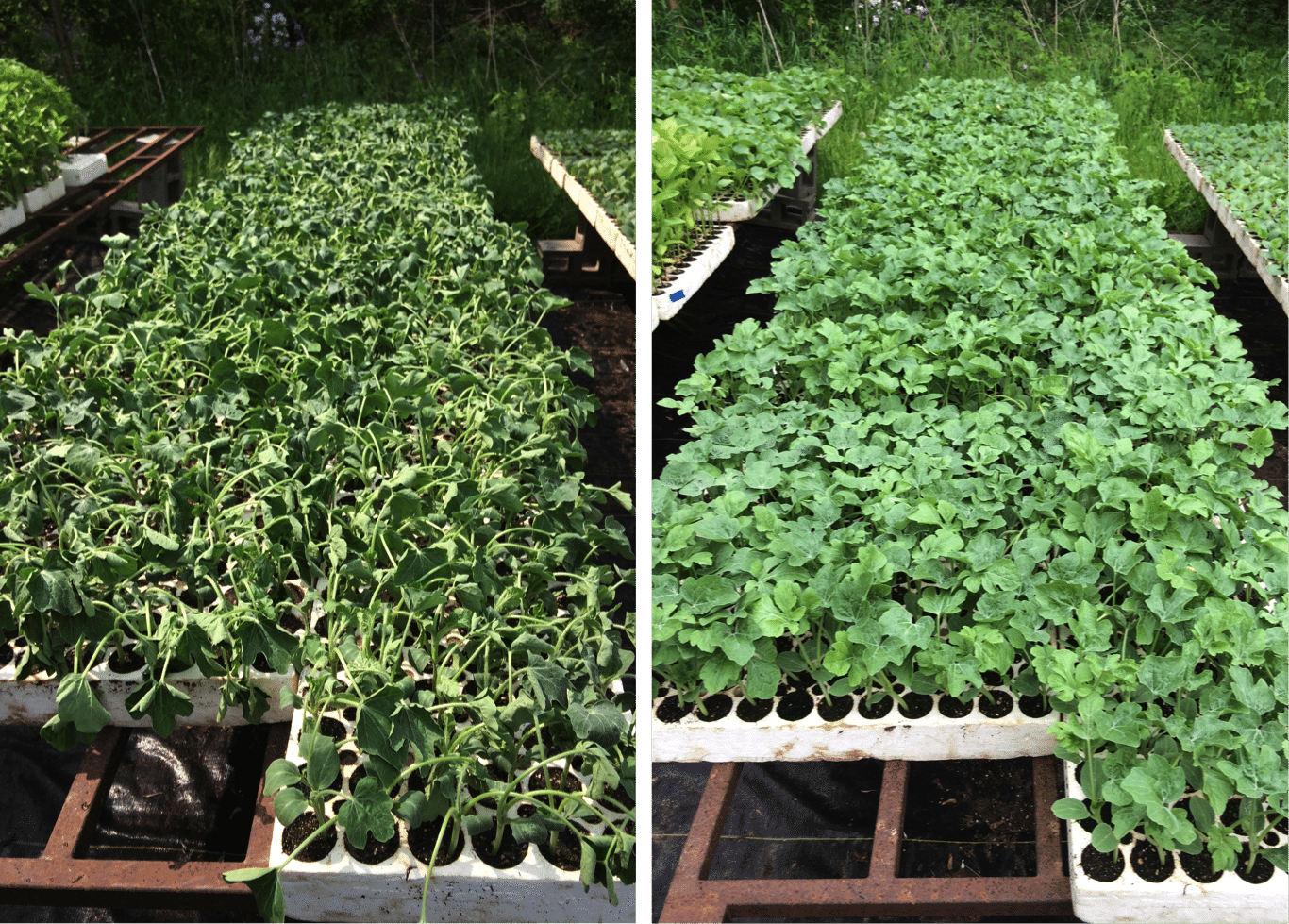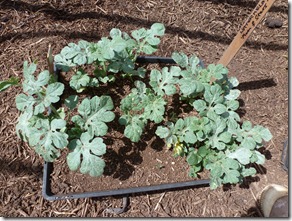

It could be too late to plant kale outside if you do not have a protective structure, and you have less than 6 weeks before the first frost.
LEGGY WATERMELON SEEDLINGS HOW TO
Check out this article to learn how to choose the right moment to start your seeds, and useful tips for each season: When to Plant Kale: Seeds and Seedlings. If you want to have a constant supply of fresh leaves, it is important to plan ahead. They need enough time to grow before the cold weather arrives. You should plant your kale seeds as late as 10-12 weeks before the first frost, or 6-8 weeks if you use seedlings. In places with cold winters and warm summers, the best time to plant kale is in spring and fall. Your seedlings are ready to be transplanted when they have 3-4 true leaves. They are very cold-hardy, so you can transplant your seedlings 2-3 weeks before the last spring frost. Start your kale seeds indoors 6-10 weeks before the last spring frost date in your area. Wait until the soil has warmed up, and temperatures have reached at least 45 ☏ (7 ☌) for better results. In spring, plant your seeds directly outside as soon as the soil can be worked, or as early as 2-3 weeks before the last spring frost date in your area. In colder areas, temperatures below 10 ☏ (-12 ☌) will kill the plant.

In places with mild winters, kale can be planted year round. New soil and steady sunlight might be just what they need.Although they are normally produced as annuals, kale plants are biennials, and some varieties can live for more than 3 years (perennials). If all else fails, plant your seedlings in your garden. If you haven’t applied any and your plant is yellowing, try a single application to see if it perks up. If you’ve applied a lot of fertilizer and can see white deposits around the drainage holes, flush the plant gradually with water and don’t apply any more fertilizer. Minerals from fertilizer can build up very quickly in seedlings’ small containers, effectively strangling the plants. Seedlings don’t necessarily need fertilizer so early in their lives, so if you’ve been applying it regularly, that may be the problem. If water and light don’t seem to be the problem, you should think about fertilizer. If you’re watering every day, you may very well be doing too much. Let the soil begin to dry a bit between waterings. Overwatering, however, is a very common cause of sickly plants. If the soil around your plants has been completely dried out between waterings, your seedlings are probably just thirsty. Just as too much or not enough light can cause yellowing seedling plants, too much or too little water or fertilizer could also be the problem. Make sure you do give your plants a period of darkness too, of at least eight hours. If it’s the larger, more mature leaves that are turning yellow, you do have a problem, and it could be caused by any number of things.Īre you giving your seedlings the right amount and intensity of light? You don’t need to buy a fancy grow light for healthy seedlings, but the bulb you do use should be trained about as close as possible directly over your plants and attached to a timer that keeps it on for at least 12 hours per day. If these are your only yellow seedling leaves, your plants are perfectly healthy. The cotyledons are designed to get the plant started in the very beginning of its life, and once it’s producing more leaves, these aren’t really needed anymore and will often yellow and eventually fall off. After the plant becomes more established, it will begin producing differently shaped leaves that are characteristic of its species. When seedlings emerge from the soil, they put forth two starter leaves called cotyledons.

The first thing to establish is which of your seedling leaves turned yellow. Keep reading to learn more about yellowing seedling plants and how to treat them. Have you started seedlings indoors that began healthy and green, but all of a sudden your seedling leaves turned yellow when you weren’t looking? It’s a common occurrence, and it may or may not be a problem.


 0 kommentar(er)
0 kommentar(er)
